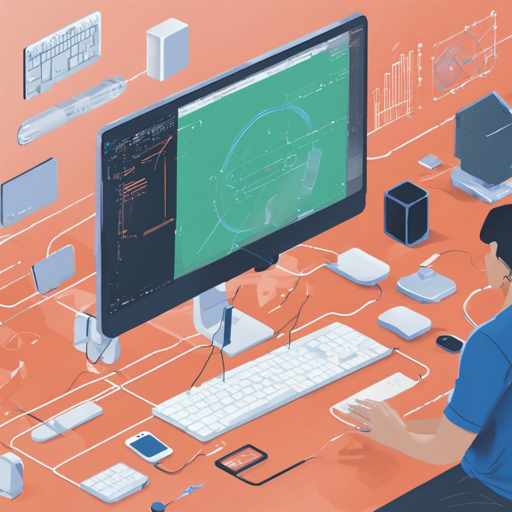Welcome to the world of WEinre (WEb INspector REmote), a powerful remote debugging tool designed for mobile web pages. Although the project is deprecated and will no longer receive updates from the Cordova development community, you can still make use of it as is. This guide will walk you through the steps to build and use WEinre effectively.
Understanding WEinre
Imagine you’re a chef mastering the art of cooking. Just as a chef needs a reliable oven to create culinary masterpieces, developers need robust tools to debug their web applications. WEinre serves as a remote debugger for mobile devices, similar to how a kitchen thermometer helps a chef ensure their dish is cooked to perfection.
- WEinre allows you to debug web pages on mobile devices.
- It operates remotely, meaning you can inspect the web view as if you were physically on the device.
- It was built during a time when remote debugging wasn’t readily available, fulfilling a crucial role for developers.
Building WEinre
Before diving into the build process, you’ll need several prerequisites:
To set up your development environment, follow these steps:
1. Create Configuration Files
Before the first build, create a configuration file named weinre.buildpersonal.properties. A template named sample.personal.properties is available for your reference.
2. Update Version Settings
Edit the weinre.buildbuild.properties file to update the version label. If it has a -pre suffix, it triggers a build with timestamped names. For official builds, ensure the suffix is removed.
3. Choose Your Build Type
You can perform either a full build or a development build:
- Full Build: Run the following in your terminal:
cd weinre.build
ant build-archivescd weinre.build
antRunning and Testing WEinre
After building WEinre, you can run it to start debugging:
To run the output of the development build, execute:
cd weinre.server
./weinre [your favorite options]Troubleshooting
During your journey with WEinre, you may encounter various hiccups. Here are some common troubleshooting steps:
- Ensure all necessary dependencies, such as Node.js and Apache Ant, are correctly installed.
- If you’re building on Windows and face issues, consider running the build on Mac OS X or Linux, which are more commonly supported.
- Check for updates or changes in the script as the dependencies have known security issues.
For more insights, updates, or to collaborate on AI development projects, stay connected with fxis.ai.
Conclusion
At fxis.ai, we believe that such advancements are crucial for the future of AI, as they enable more comprehensive and effective solutions. Our team is continually exploring new methodologies to push the envelope in artificial intelligence, ensuring that our clients benefit from the latest technological innovations.

